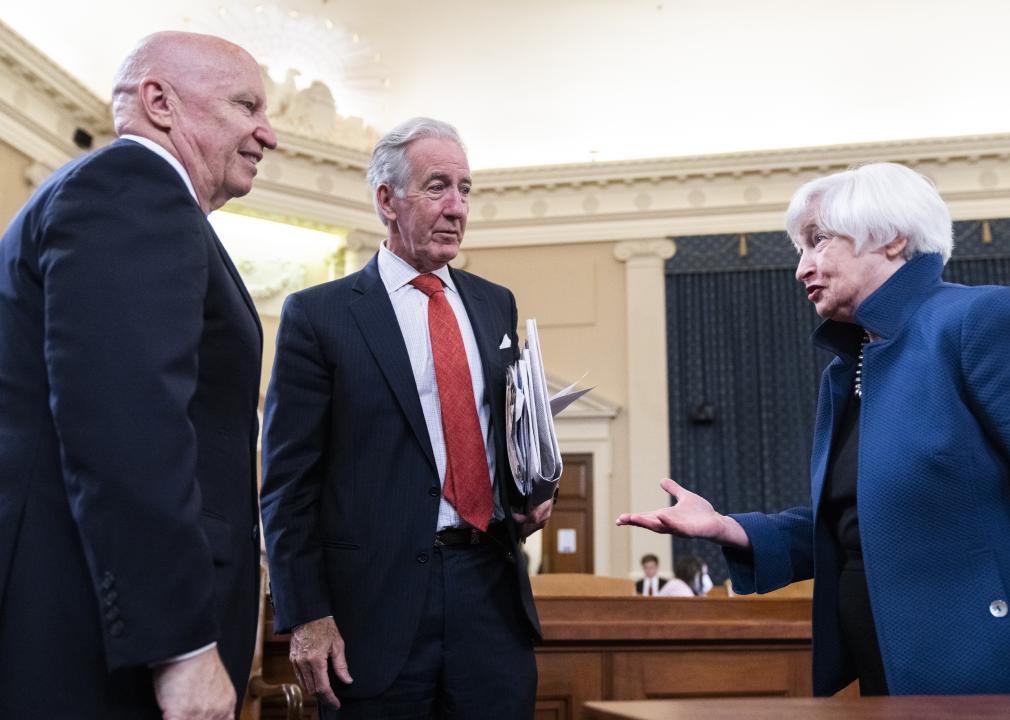Canva Americans held $7.3 trillion in 401(k) plans as of June 30, 2021, according to the Investment Company Institute. And the typical wealth held in an American family’s 401(k) has more than tripled since the late 1980s. With the widespread adoption of 401(k) plans, it might surprise you that they’re a relatively new employee benefit–and one that was created unintentionally by lawmakers. Today, public and private sector employees alike use a 401(k)–or the nonprofit equivalent, a 403(b)–in order to plan for a comfortable retirement. In essence, a 401(k) allows an employee to forgo receiving a portion of their income, instead steering it into an account where the money can grow through investments. Unlike pensions, these retirement plans put more of the planning decisions–and responsibility–on employees rather than the company. Employers can contribute to an employee’s retirement savings by matching the contributions to a 401(k) account up to an amount decided by the employer. “The savings comes off the top, so a lot of people don’t miss their money when it’s going into their 401(k),” Ted Benna, the man long-credited for introducing the 401(k) to corporate America, told Forbes in 2021. Whether or not that savings that “comes off the top” yields small or large returns is influenced by the employee’s age, tolerance for risk as well as market conditions over the lifetime of the account. To illustrate how Americans’ retirement savings have evolved over the decades, Guideline compiled a timeline on the evolution of the 401(k), drawing on research from the Employee Benefit Research Institute, the Investment Company Institute, and legislative records. Pre-1978: First, there were CODAs Debrocke/ClassicStock // Getty Images Before the mighty 401(k) there were Cash or Deferred Arrangements, commonly known as CODAs. These arrangements between companies and workers allowed employees to defer some of their income and the taxes they paid on it for a period of time. CODAs were a funding mechanism for stock bonus, pension, and profit-sharing plans. In 1974, the Employee Retirement Income Security Act (ERISA) was enacted, creating a governmental body that oversaw and regulated company-sponsored retirement and health care plans for workers. ERISA temporarily halted IRS plans to severely restrict retirement plans through regulation in the early 1970s, according to the EBRI. The act created a study of employee salary reduction plans as well, which the EBRI credits for influencing the creation of the 401(k) later on in the decade. 1978: The Revenue Act of 1978 Harold M. Lambert // Getty Images The modern 401(k) originated in earnest in 1978 with a provision in The Revenue Act of 1978 which said that employees can choose to receive a portion of income as deferred compensation, and created tax structures around it. Section 401 was originally intended by lawmakers to limit companies creating tax-advantaged profit-sharing plans that mostly benefited executives, according to the ICI. Thanks to the interpretation of the section by businessman Ted Benna, the language evolved into the basis of the modern 401(k), as it enabled profit-sharing plans to adopt CODAs. The law was signed by President Jimmy Carter and became effective at the turn of the decade. Regulations were then created and issued by the end of 1981. The Revenue Act of 1978 not only created the foundation for 401(k) savings plans but also flexible spending accounts for medical expenses and the independent contractor classification as it pertains to how a company pays employment taxes. 1980: “Father of the 401(k)” Ted Benna first implements the retirement plan
Evolution of the 401(k)











